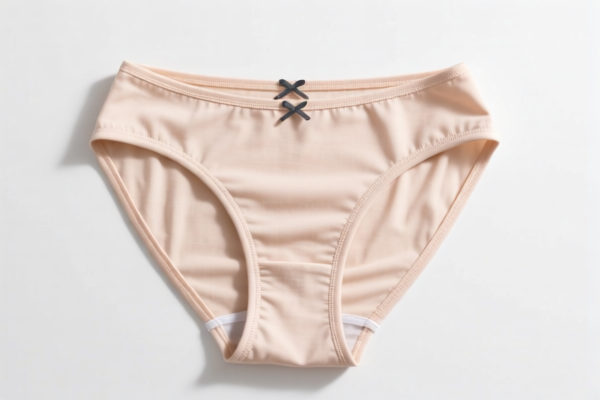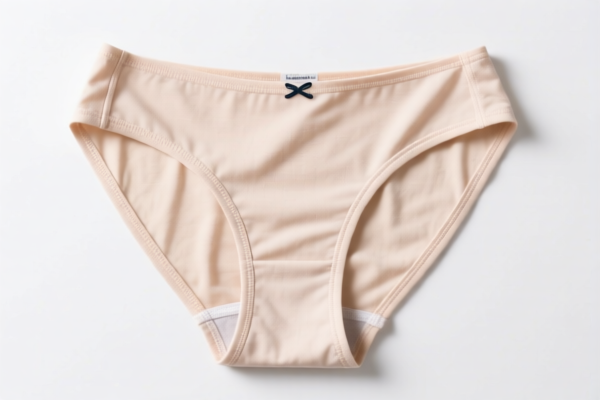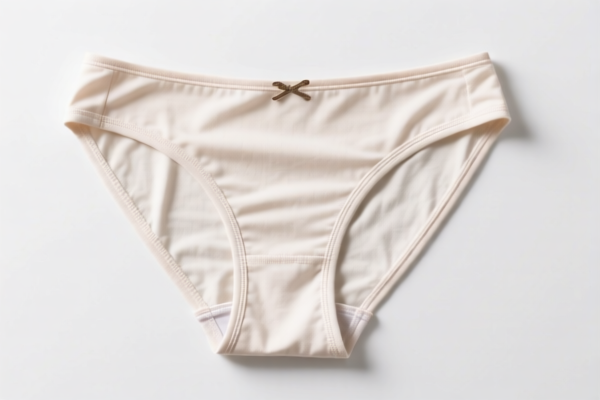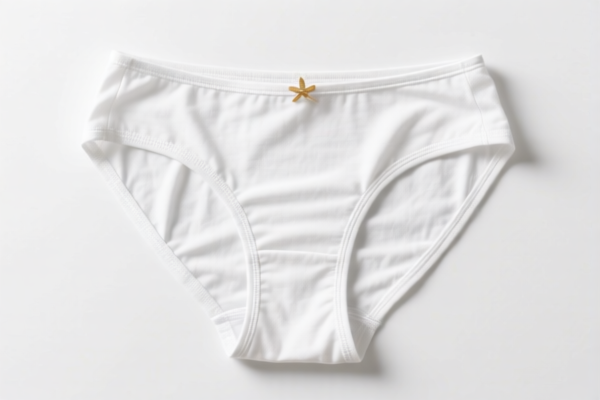| HS Code | Official Doc | Tariff Rate | Origin | Destination | Effective Date |
|---|---|---|---|---|---|
| 6108910005 | Doc | 46.0% | CN | US | 2025-05-12 |
| 6108910015 | Doc | 46.0% | CN | US | 2025-05-12 |
| 6114909010 | Doc | 35.6% | CN | US | 2025-05-12 |
| 6114909070 | Doc | 35.6% | CN | US | 2025-05-12 |
| 6208110000 | Doc | 52.4% | CN | US | 2025-05-12 |
| 6212103000 | Doc | 42.3% | CN | US | 2025-05-12 |
| 6212105010 | Doc | 54.4% | CN | US | 2025-05-12 |
| 6217101010 | Doc | 39.8% | CN | US | 2025-05-12 |
| 6217101090 | Doc | 39.8% | CN | US | 2025-05-12 |




Lingerie
Lingerie is a type of clothing designed to be worn underneath outer clothes. The term historically referred to undergarments, but now commonly encompasses a wider range of garments, often emphasizing aesthetics and sensuality as much as function.
Materials
Lingerie is constructed from a diverse array of fabrics, chosen for comfort, appearance, and durability. Common materials include:
- Silk: Historically a primary material, prized for its luxurious feel and appearance. Still used in high-end lingerie.
- Cotton: Offers breathability and comfort, frequently used for everyday wear.
- Satin: Provides a smooth, glossy finish, often used for a more glamorous look.
- Lace: A decorative and widely used fabric, offering various patterns and textures. Can be cotton, nylon, polyester, or silk.
- Mesh: Lightweight and sheer, often used for detailing or creating a more revealing look.
- Microfiber: A synthetic fabric known for its softness, stretch, and moisture-wicking properties.
- Spandex/Elastane: Added to fabrics to provide stretch and support.
- Polyester: A durable and affordable synthetic fiber.
- Nylon: A strong and elastic synthetic fiber.
Purpose & Function
The primary functions of lingerie include:
- Support: Bras provide support for the breasts, while shapewear can smooth and contour the body.
- Comfort: Certain types of lingerie are designed for everyday comfort, such as cotton briefs and camisoles.
- Aesthetics: Lingerie can enhance a person's appearance and boost confidence.
- Sensuality: Many lingerie designs are intended to be visually appealing and evoke a sense of sensuality.
- Fashion: Lingerie can be worn as outerwear, becoming a fashion statement.
Usage Scenarios
- Everyday Wear: Comfortable cotton or microfiber lingerie is worn daily for support and comfort.
- Special Occasions: More elaborate lingerie, such as lace bras and silk slips, may be worn for romantic occasions or as part of a special outfit.
- Fashion Statement: Corsets, bustiers, and bralettes can be worn as visible outerwear.
- Post-Surgery: Specific lingerie designs are available to provide support and comfort after breast surgery or other medical procedures.
Common Types
- Bras:
- Full Coverage: Provides maximum support and coverage.
- Demi/Partial Coverage: Offers less coverage, creating a more revealing look.
- Balconette: Provides lift and shape, with a wide-set strap for a more open neckline.
- Push-Up: Enhances cleavage.
- Sports Bras: Designed for high-impact activities, providing support and minimizing movement.
- Wireless Bras: Offers comfort without underwire.
- Strapless Bras: Designed to be worn without straps.
- Bralettes: Lightweight, non-wired bras.
- Panties:
- Briefs: Offers full coverage.
- Hipsters: Sits low on the hips.
- Thongs: Minimal coverage.
- G-Strings: Very minimal coverage.
- Boy Shorts: Offers more coverage than briefs.
- Slips: Worn under dresses and skirts to provide a smooth silhouette.
- Camisoles: Sleeveless tops worn under clothing.
- Corsets: Structured garments designed to shape the torso.
- Bustiers: Similar to corsets, but less structured.
- Bodysuits: One-piece garments that cover the torso.
- Shapewear: Garments designed to smooth and contour the body.
- Negligees/Babydolls: Loose-fitting, often sheer garments.
- Hosiery: Stockings and tights.
Lingerie encompasses a variety of undergarments and sleepwear designed for comfort and aesthetic purposes. These items are typically made from delicate fabrics like silk, cotton, or synthetic blends and include slips, petticoats, briefs, panties, nightdresses, pajamas, negligees, and bathrobes.
The following HS codes are relevant to lingerie, based on the provided information:
- 6108910005: Women's or girls' slips, petticoats, briefs, panties, night dresses, pajamas, negligees, bathrobes, dressing gowns and similar articles, knitted or crocheted: Other: Of cotton Underwear: Underpants. This code specifically covers knitted or crocheted underpants made of cotton. The first two digits (61) indicate the chapter for articles of apparel and clothing accessories knitted or crocheted. The next four digits (0891) specify slips, petticoats, briefs, panties, night dresses, pajamas, negligees, bathrobes, dressing gowns and similar articles.
- 6108910015: Women's or girls' slips, petticoats, briefs, panties, night dresses, pajamas, negligees, bathrobes, dressing gowns and similar articles, knitted or crocheted: Other: Of cotton Underwear: Other: Women's. This code covers other women's knitted or crocheted underwear made of cotton.
- 6208110000: Women's or girls' singlets and other undershirts, slips, petticoats, briefs, panties, nightdresses, pajamas, negligees, bathrobes, dressing gowns and similar articles: Slips and petticoats: Of man-made fibers. This code applies to slips and petticoats made of man-made fibers.
- 6212103000: Brassieres, girdles, corsets, braces, suspenders, garters and similar articles and parts thereof, whether or not knitted or crocheted: Brassieres: Containing lace, net or embroidery: Containing 70 percent or more by weight of silk or silk waste. This code is for brassieres containing lace, net, or embroidery and made with 70% or more silk or silk waste.
- 6212105010: Brassieres, girdles, corsets, braces, suspenders, garters and similar articles and parts thereof, whether or not knitted or crocheted: Brassieres: Containing lace, net or embroidery: Other Of cotton. This code covers cotton brassieres containing lace, net, or embroidery.
Important Note: The tariff rates for these HS codes include a base tariff of either 8.5% or 14.9%, an additional tariff of 7.5%, and a further tariff of 30.0% applicable after April 2, 2025. The total tariff rate ranges from 46.0% to 54.4%.
Customer Reviews
No reviews yet.